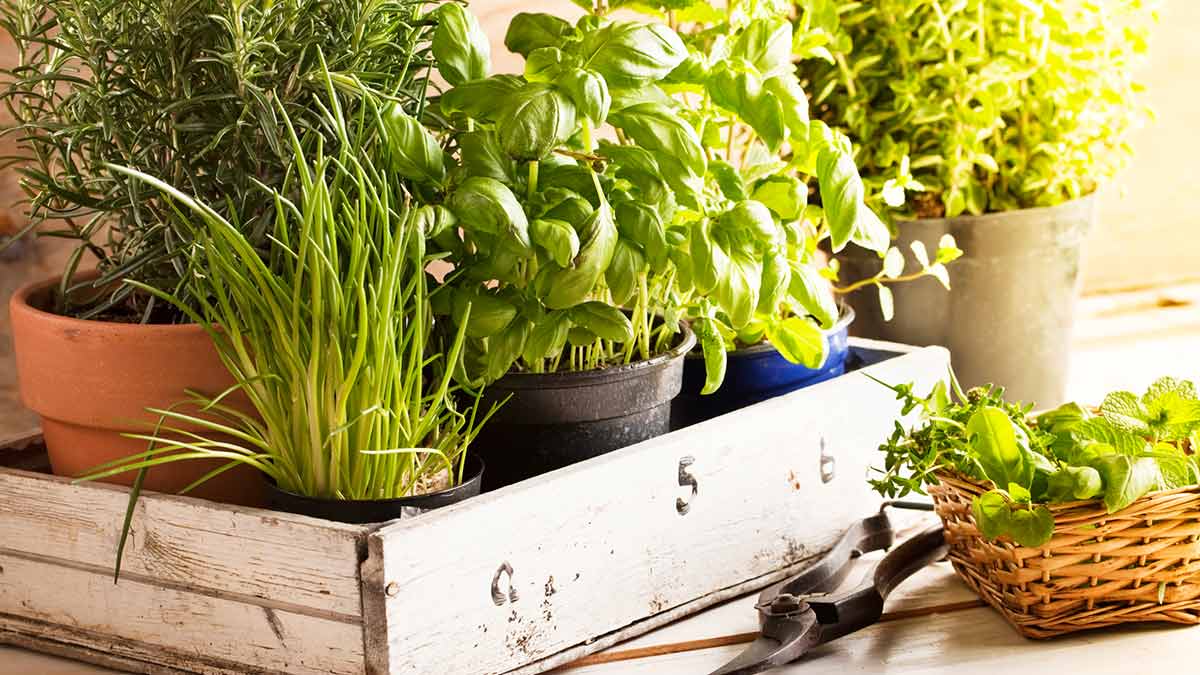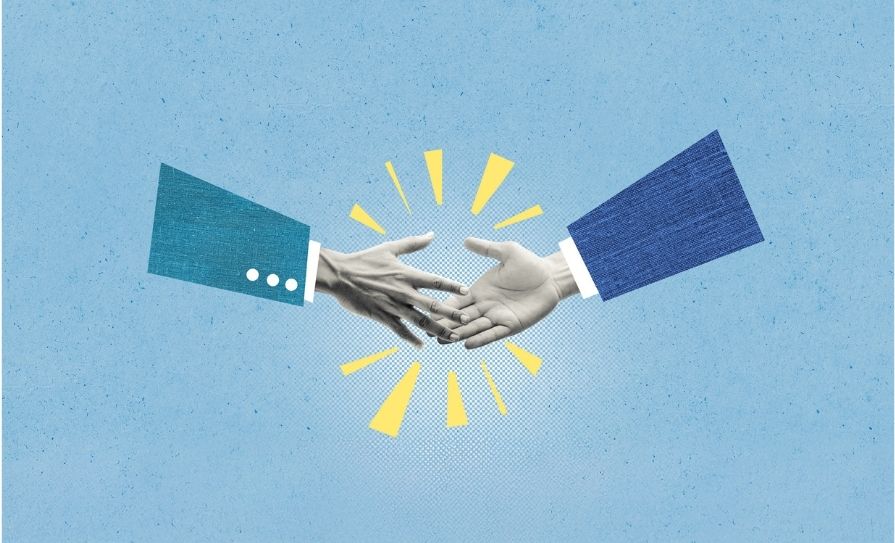Clinician guidelines for the treatment of psychiatric disorders with nutraceuticals and, what and article in The World Journal of Biological Psychiatry described as phytoceuticals, were drawn up by 31 leading academics and clinicians from 15 countries in 2022, under the auspices of the World Federation of Societies of Biological Psychiatry and the Canadian Network for Mood and Anxiety Treatments Task Force.
Some of the ‘phytoceuticals’, ie medicinal plants, mentioned as having Grade A evidence for their effectiveness, were obvious (to me at least) but others took me by surprise. The most obvious of all is undoubtedly St John’s Wort (SJW) or Hypericum perforatum that is the subject of both a Well-Established Use monograph and a traditional herbal medicinal use designation by the EMA’s herbal committee. Based on the clinical trial evidence the EMA has approved two indication claims depending on the solvent used to prepare dry extracts. If methanol or ethanol at 80% is used then a product containing such extracts can be used for the treatment of mild to moderate depressive episodes. If ethanol 50- 68% is used, the product is for the short-term treatment of symtoms of mild depressive disprders.
At the present time the HPRA has not licensed any product under the WEU heading. it does however list two products as traditional herbal medicinal products used to relieve the symptoms of slightly low mood in adults. The regulatory history of SJW in Ireland has long been controversial and I doubt if I need to remind a pharmaceutical readership of the well-known risks of both pharmacokinetic and pharmacodynamic interactions with this plant.
Another plant whose availability has been restricted by regulatory action is Kava. Both in vitro and in vivo studies established that kavalactones from the roots of the Kava plant had anxiolytic activity. Clinical trials clearly demonstrated the efficacy of extracts and isolated kavalactones in patients with anxiety as measured using the Hamilton Anxiety scale. The most recent systematic review of these RCTs appeared in 2018 in Complementary Therapies in Clinical Practice and concluded that Kava appears to be a short-term treatment for anxiety, confirming the results of earlier meta-analyses dating back to 2003. Despite this the herbal committee at the European Medicines agency did not agree to establish a Community Herbal Monograph (CHM)
for Kava as it found sufficient evidence of carcinogenic potential in animals. However, I suspect that the committee was more influenced by “spontaneous reports of liver adverse drug reactions including cases of liver failure resulting in liver transplants and deaths and the withdrawal of products in some member states due to safety concerns”. As a result, the benefit-risk balance was deemed negative.
Equally the 2022 clinician guidelines did not include Kava as a treatment for Generalised Anxiety Disorder. I doubt if the EMA will change its stance anytime soon despite calls by some researchers who suggest that the link with liver disease is an easily solvable quality control issue, to do so.
The other plants reviewed were surprising. The one that was new to me was a plant used since at least 1500 AD
in Mexican folk medicine for nervous conditions and known botanically as Galphimia glauca or ‘Rain of Gold’. The active molecules are a series of triterpene derivatives called galphimines of which galphimine B is the most important clinically. These compounds have shown anxiolytic activity in a variety of animal models according to a review in Molecules in 2018. Studies with an extract containing a standardised dose of galphimine B in young people with social anxiety disorder and in adults with GAD, showed that the extract was as effective as sertraline on the Brief Social Phobia Scale and alprazolam on the Hamilton Anxiety Scale, while causing far less daytime sleepiness than alprazolam as reported in Evidence- Based Complementary and Alternative Medicine (2018) and Biomedical Research International (2019). This seems to be a very promising plant but, as usual, more work needs to be done with a larger and more diverse population. Unfortunately supplies of the plants, which grow wild in parts of Mexico, are limited and the only product I could find after a cursory internet search was a homoeopathic one.
There was no such limitation on the availability of saffron-containing products, as I came across a number of products containing it in the form of a trademarked extract. When I wrote about this most expensive spice (€6,000 per kg) in April 2022, I concentrated on its use in metabolic syndrome only touching briefly on Iranian RCTs in those with anxiety and depression. Embarrassingly, I then dismissed the spice as follows, “given that the raw material is so expensive it is difficult to see a case for further studies and it is probably best left for food use”. Well, the market and the science both prove me wrong.
A review in Pharmaceuticals (2023) listed the extensive range of positive results for both anxiolytic and anti-depressive activity in a variety of animal models.
A systematic review and meta-analysis of its effectiveness on symptoms of depression and anxiety in Nutrition Reviews (2019) included 23 trials mostly in Iran with two from Australia and involved 1,237 patients. Saffron had a large positive effect size when compared to placebo for both depressive and anxiety symptoms and also when used as an adjunct to anti-depressants. When compared to standard anti-depressants there was no significant difference in symptom scores. In 2020, a systematic review and meta-analysis in the Journal of Nervous and Mental Disease compared HAM-D scores, Beck Depression Inventory Scores as well as response and remission rates and adverse events between saffron and placebo or saffron and antidepressants in 12 studies. Saffron was better than placebo and as effective as conventional antidepressants with no difference in adverse events. As usual the authors called for more work on what seems a viable if expensive option.
The final plant came as a total surprise because I normally associate curcumin from turmeric with anti- inflammatory and anti-cancer effects but there seems to be no end to the versatility of this spice. A review in the Journal of the Society for Post-Acute & Long-Term Care Medicine (JAMDA) in 2017 noted a reduction in the HAM-D score that supported the efficacy of curcumin in depression. Another meta-analysis appeared in 2020
in Food Science & Nutrition suggested that curcumin might be a useful adjunct to conventional care in depression. A further systematic review and meta-analysis was reported in 2021 in the Journal of Affective Disorders involving 594 patients enrolled in 10 trials. There was a statistically significant anti-depressant effect after curcumin treatment, though the quality of the evidence was deemed low. As a result, the authors believed that there was great uncertainty about the efficacy of curcumin for depression.
The potential is there, but given the apparent reluctance of clinicians to prescribe a herbal medicinal product as well proven as St John’s Wort, I would not bet on them prescribing Galphimia, saffron or curcumin any time soon, which is a pity from a patient safety perspective.
Dr Des Corrigan, Best Contribution in Pharmacy Award (winner), GSK Medical Media Awards 2014, is a former Director of the School of Pharmacy at TCD and won the Lifetime Achievement Award at the 2009 Pharmacist Awards. He was chair of the Government’s National Advisory Committee on Drugs from 2000 to 2011. He currently chairs the Advisory Subcommittee on Herbal Medicines and is a member of the Advisory Committee on Human Medicines at the IMB. He is a National Expert on Committee 13B (Phytochemistry) at the European Pharmacopoeia in Strasbourg and he is an editorial board member of the Journal of Herbal Medicine and of FACT — Focus on Alternative and Complementary Therapy.







